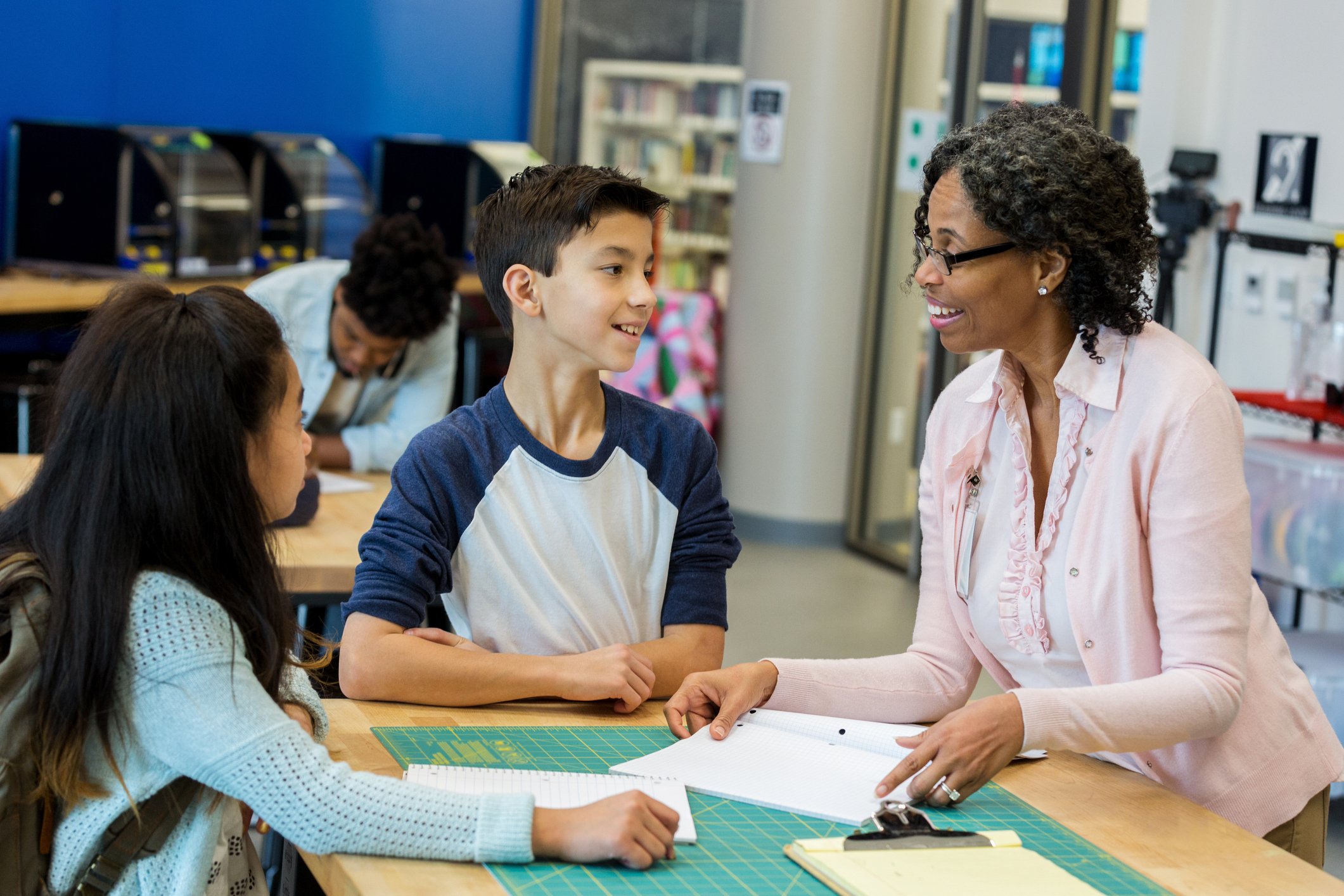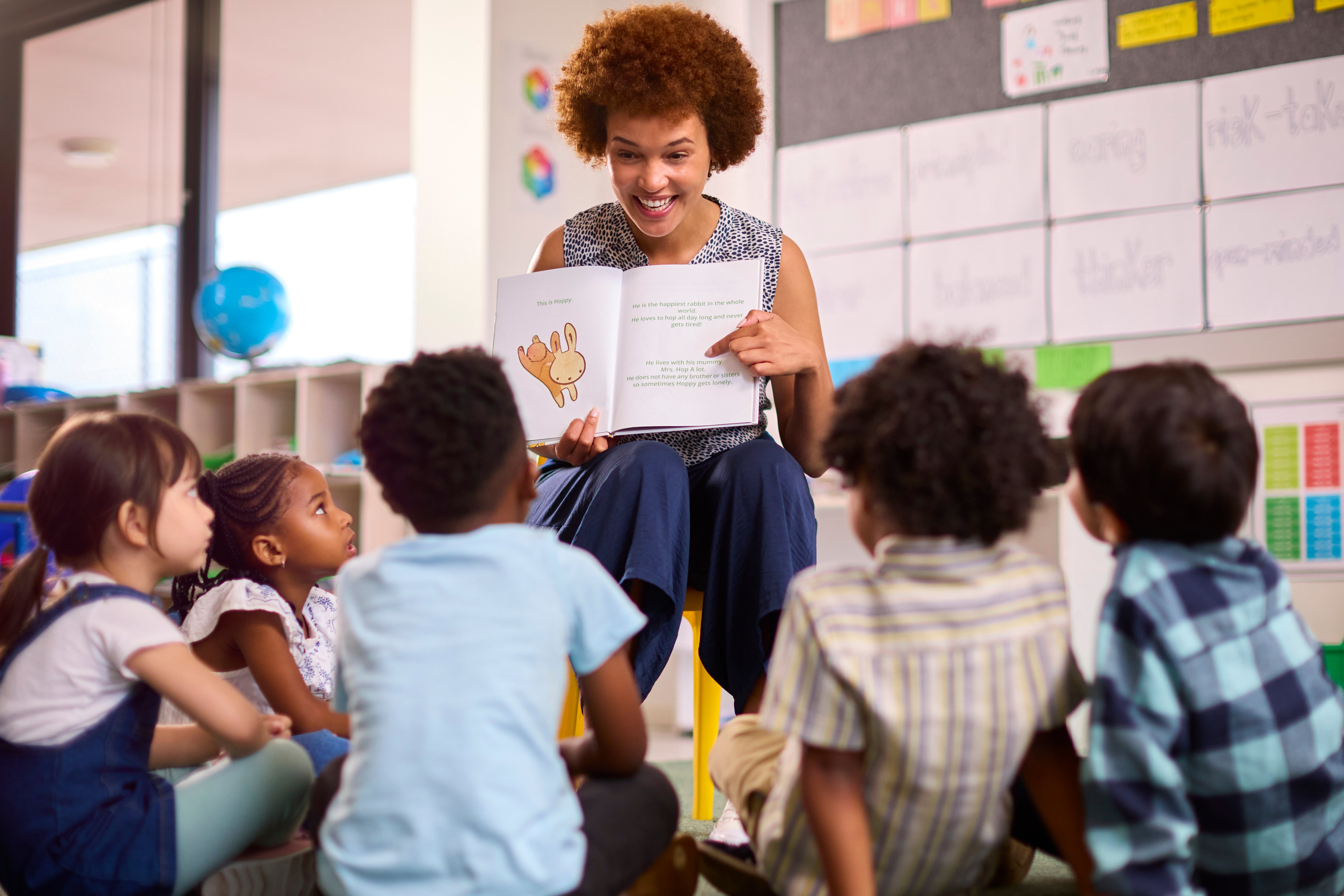The start of the school year is full of possibilities. It’s a chance to build momentum, re-engage students, and lay the groundwork for lasting success. But meeting students’ needs right away isn’t easy, especially when every learner walks through your door with different strengths, goals, and needs.
One student is thriving but wants a challenge. Another just qualified for new accommodations. Two others are on your radar for low engagement during class.
Sound familiar?
This is where Individualized Learning Plans (ILPs) are supposed to bring structure and clarity. But without a strong system for ILP documentation, it’s easy to get overwhelmed—scattered notes, spreadsheets with inconsistent formats, and rushed meetings that leave attendees feeling unclear on next steps.
To help, we created free downloadable templates for ILP documentation and conferences, so you can keep things organized, clear, and student-centered. Grab your free templates and get started today, or keep reading to see exactly what’s included.
Why ILPs Matter More Than Ever
An ILP is a living document that outlines a student’s personalized goals, strengths, supports, and next steps. It’s designed to reflect who they are, and what they need to grow. When used well, ILPs become a shared roadmap between educators, families, and students themselves.
Strong ILP documentation supports three key goals:
- Student growth: When teachers document student progress in one central place, it’s easier to notice patterns, adjust instruction, and celebrate growth.
- Family engagement: ILPs give families a clear picture of where their child is thriving and where support is needed. This clarity shows up in conferences and check-ins, helping families stay engaged and informed.
- MTSS alignment: ILPs help teams coordinate across tiers of support, ensuring students aren’t slipping through the cracks between meetings or transitions.
As more schools double down on MTSS and personalized learning, ILPs are becoming seen as more than helpful—they’re essential. But they only make an impact when they’re consistently updated, clearly documented, and easy to use across teams.
The Challenge: Documentation and Communication
For most educators, the challenge isn’t creating ILPs—it’s keeping them useful, consistent, and accessible over time. What starts out as thoughtful, student-centered plans often get buried in a binder or scattered across emails and spreadsheets.
Here’s where things often fall apart:
- No shared format: Teachers, counselors, and support staff may all be documenting goals, but in different ways, using different tools. This makes it hard to see a clear picture of student progress over time or align support.
- Unfocused conferences: Without a clear structure, student-led meetings can lose direction. Teams may leave unsure of what decisions were made or who’s doing what next.
- Limited clarity for students and families: When documentation isn’t clear or consistent, it’s tough for families to stay involved and easy for students to disengage from their plan.
These gaps don’t just create more work. They create missed opportunities. When documentation is disorganized, follow-up becomes scrambled, and it’s harder to spot what’s working (and what’s not) in time to course-correct.
That’s why Panorama’s free, editable templates for ILP documentation and ILP conferences simplify planning, keep teams aligned, and keep students at the center.
What's Inside the Free Templates?
These free templates are built to help you stay organized—without adding hours to your day. Designed in Google Docs and Google Sheets, they’re editable, printable, and easy to use across classrooms, teams, and support staff.
Panorama’s ILP Documentation Template helps you track the most important aspects of a student’s plan all in one place.
Included fields:
- Student Snapshot: Name and Reading Level
- Learning Needs Checklist: Select areas of focus (e.g. Translation, Narration, Dictation, Extended Time)
- Customization Notes: Quick log of modifications
Panorama’s ILP Conference Template helps guide focused, student-centered conversations, whether you're meeting with families, support staff, or the student directly.
Included sections:
- Observations: Note things like recent growth or ongoing challenges.
- Adjustments Needed: Document reading level changes or additional time details.
- Assignments Needed: Monitor and adjust customizations—like simplified instructions or additional resources.
- Student Feedback: What did the student find helpful?
- Teacher Reflection: What worked well? What additional support is needed?
Each section keeps the focus on student strengths and needs, while encouraging both educator insight and student voice. Use these templates to prep for MTSS meetings, co-plan with specialists, or ensure accommodations are consistently applied across classes.
How to Use the Templates in Your School or Classroom
Whether you're new to ILPs or looking for a more consistent system, these templates are flexible enough to plug into your current routines. Here are a few practical ways to use them:
- During student goal-setting sessions: Use the templates as a reference point for each student’s support needs. It helps you quickly see learning needs and accommodations that may shape how goals are set or instruction is delivered.
- IEP or MTSS team meetings: Use the templates to bring focus to the conversation—especially when discussing customizations and supports. The ILP Conference Template can help summarize key observations and keep follow-ups on track.
- For family-teacher conferences: The templates offer a clear structure to walk through growth, challenges, and next steps. Use them to guide a conversation that centers student needs and elevates both family input and student voice.
- With advisory, homeroom teachers, or counselors: These templates aren’t just for academic tracking. Support staff and advisors can use them to stay aligned on a student’s overall support plan, especially when they don’t interact with the student daily.
If you're using these templates at the start of the school year, consider documenting just one student’s ILP using the template, using the reflection questions during advisory, or bring both templates to this year's first PLC meeting.
Tips for Student-Led and Family-Engaged ILP Conferences
Make your next ILP conference more focused, collaborative, and empowering with these quick tips:
- Set expectations for student voice: Let students lead parts of the conversation by preparing a reflection or goal update in advance.
- Use simple visuals: Bring a data snapshot, graph, or student work sample to make progress clear and concrete.
- Invite family input: Ask open-ended questions like, “What’s working well for your child right now?” or “What would you like us to know?”
- End with shared next steps: Summarize who’s doing what by when—student, teacher, and family—so everyone leaves with clarity on what’s to come next.
Starting the School Year Strong
As the school year begins, it’s your chance to build connection, momentum, and trust with students and families. And as we know, making support plans meaningful and manageable requires a clear, consistent process. That’s why Panorama’s free, editable templates are designed to help you track learning goals, guide productive conversations, and keep everybody aligned.
Download your free ILP Templates here
Whether you're tracking one student or twenty, these templates help you stay focused on what matters most: supporting each learner’s path forward—remember to share them with your team!




![3 Strategies for Building Effective Student Support Teams [+ Templates]](https://www.panoramaed.com/hubfs/IMG_3959.jpg)


